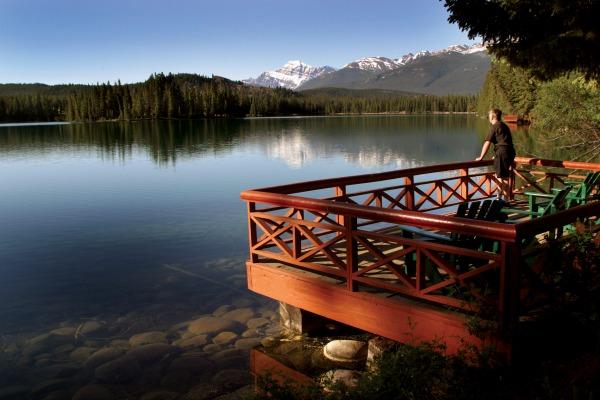My visit to a First Nations cultural centre transformed the way I saw Whistler and the world
SUDDENLY, THE HULKING mountain looked like a lair for mythical, winged creatures. The misty blue islands seemed to be floating freely in the placid grey waters. Huge boulders were no longer just rocks, but the remnants of a battle between giants. And the highway I was travelling on, the famous Sea-to-Sky that runs between Vancouver and Whistler, bore traces of an ancient trade route.
My visit to the Squamish Lil'wat Cultural Centre in Whistler had literally changed the way I saw the world.
The Sea-to-Sky corridor is much more than spectacular scenery — it is also a Cultural Journey.





